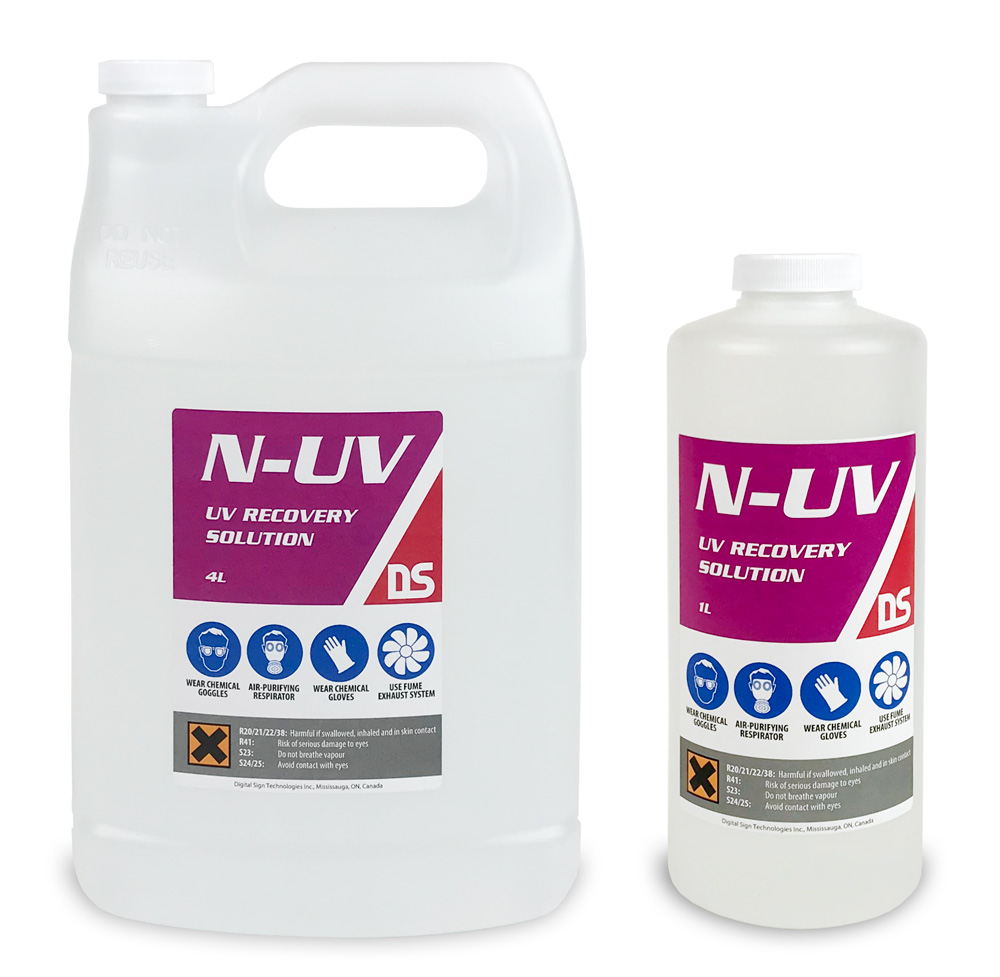truthfriend7
New Member
Hi guys. I have lurked here for a long time and researched probably almost everything there is online concerning xp600 printheads. I made the mistake of buying a Chinese UV Flatbed not realizing what I was getting myself into. It's has 3 xp600 printheads (CMYK, W & V). I cannot get them to print. Feels like I'm chasing a ghost. I would replace a printhead, try to get it working. It would be good for a while, then another would stop flowing. I'd spend hours cleaning and trying to get it running and finally have to get another. Even had a bad spray board that I replaced. I'm pretty sure the white circulation system isn't working.
Is there any tech in central Florida (I'm near Cocoa Beach) that would be able to come figure this thing out? I'd gladly pay whatever is necessary to know what's going on here. I really feel like there must be an underlying cause to all the issues that I keep having. Right now I have too many issue at the same time. I don't know if I have bad printheads, ink, dampers, tubes with air, data cables, or some combination of the above. Thanks for taking the time to hear me out.
Is there any tech in central Florida (I'm near Cocoa Beach) that would be able to come figure this thing out? I'd gladly pay whatever is necessary to know what's going on here. I really feel like there must be an underlying cause to all the issues that I keep having. Right now I have too many issue at the same time. I don't know if I have bad printheads, ink, dampers, tubes with air, data cables, or some combination of the above. Thanks for taking the time to hear me out.

